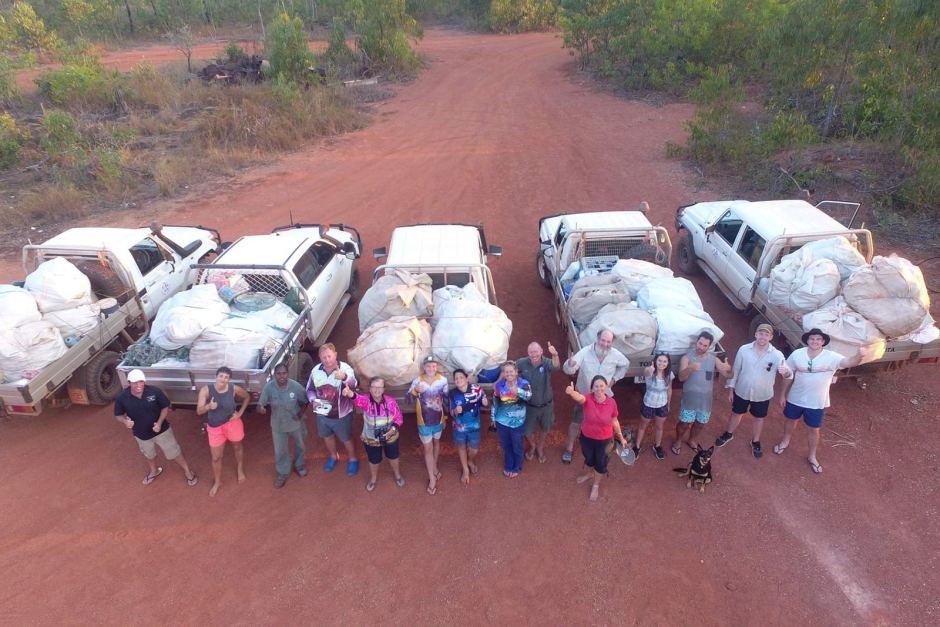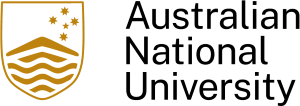Cleaning up Cape Arnhem's coastline

Back in July, Xavier and Claire, third year medical students in the Rural and Indigenous Health streams, took part in the Cape Arnhem clean-up during their secondment to the Northern Territory.

Speaking about the experience, Xavier says “There is tonnes and tonnes of rubbish that washes up on the pristine coast line of East Arnhem Land and the Gulf of Carpentaria, from fishing trawlers and from rubbish dumped into the sea from Indonesia, Papua and Timor as well as other countries in South East Asia.
A few times a year, local rangers, as well as local medical professionals and volunteers go to the beach and hand pick rubbish from the sand. The day we were there, we collected around 1.5 tonnes of rubbish from the beach and we only did about a 2-3km stretch of beach front. In the year to date, the senior ranger speculated they had hand-picked 8 tonnes of rubbish from the beaches. Due to the extreme remoteness of the area and the difficult tracks needed to traverse to get to the sand, heavy machinery, although needed, would be very difficult to get onto the beach."
Claire adds, “We found all kinds of things like shoes, chairs, bottles filled with urine and potentially dangerous things too, like needles. It was amazing to see the beach transformed as everyone worked together to improve the situation. The park rangers are also investigating strategies to prevent the rubbish from getting there in the first place.”
“It is a damning issue that highlights the issues of global waste. It is suggested only 40% of what goes into the ocean ends up on beaches which means most of the waste is floating in the ocean or on the seabed,” says Xavier.
To learn more about the clean-up efforts of the local residents of Cape Arnhem, check out this article by ABC news.
